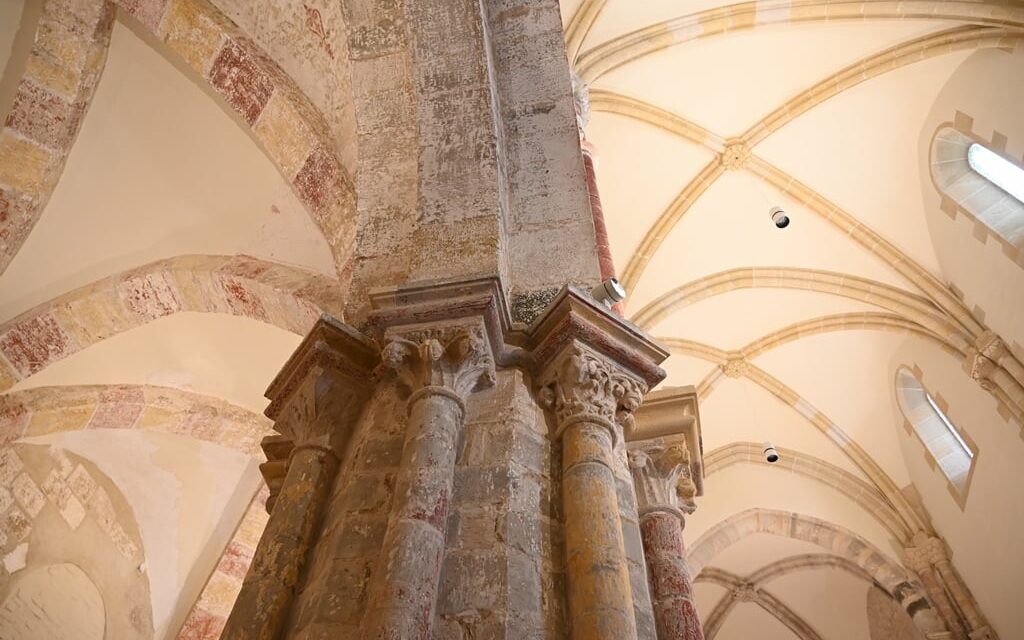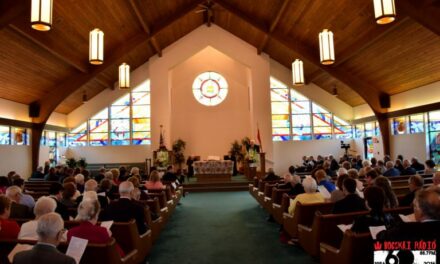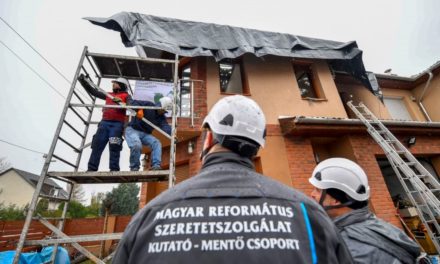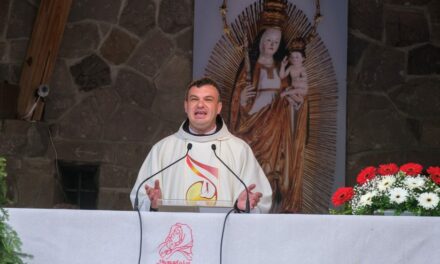The interior restoration of the Jáki church has been completed, and the faithful can visit one of the most significant buildings of Hungarian medieval architecture again at Easter and after the holidays, architect Márton Sarkadi and project manager told MTI on Thursday.
The interior of the Árpád-era Romanesque church was renovated in the framework of a project with state funding of more than HUF 2 billion, as part of which the planned visitor center will soon be built, he added.
Márton Sarkadi said: the restoration of the Jáki church has been going on with longer or shorter interruptions since the end of the 1980s, in 2017 the government provided a HUF 2 billion subsidy for the renovation of the "iconic" architectural monument, the preparation of the works began in 2018, the construction It accelerated from the summer of 2020.
According to his list, the archaeological excavation was completed, the wall research was completed, the restoration of the wall surfaces and frescoes was completed, and the architectural works that serve the use and long-term preservation of the church were carried out, including the modernization of the building's electrical network and sound system.
There is still some work to be done on the facade of the sacristy and the restoration of the western gate must be completed, the specialist added.
The implementation of the project will continue with the restoration of the church garden, the renovation of the walkways, stairs, and gates, as well as, last but not least, the construction of the visitor center, he said.
Archaeologist Ildikó Pap told MTI: during the archaeological excavations, it was proven that the XIII. An earlier building already stood on the site of the church built in the first half of the 20th century. According to their assumption, the 13-meter-long building dates back to the 11th century. century, it could have served ecclesiastical purposes, it could have been a church.
He added: during the excavations carried out inside the church, they were able to find the burial place of the Ják family, and it is highly probable that the grave and remains of Márton Jáki Nagy, the builder of the current church, were also found in an excavated brick tomb.
MTI
Photo: Facebook page of Szombathely Diocese












